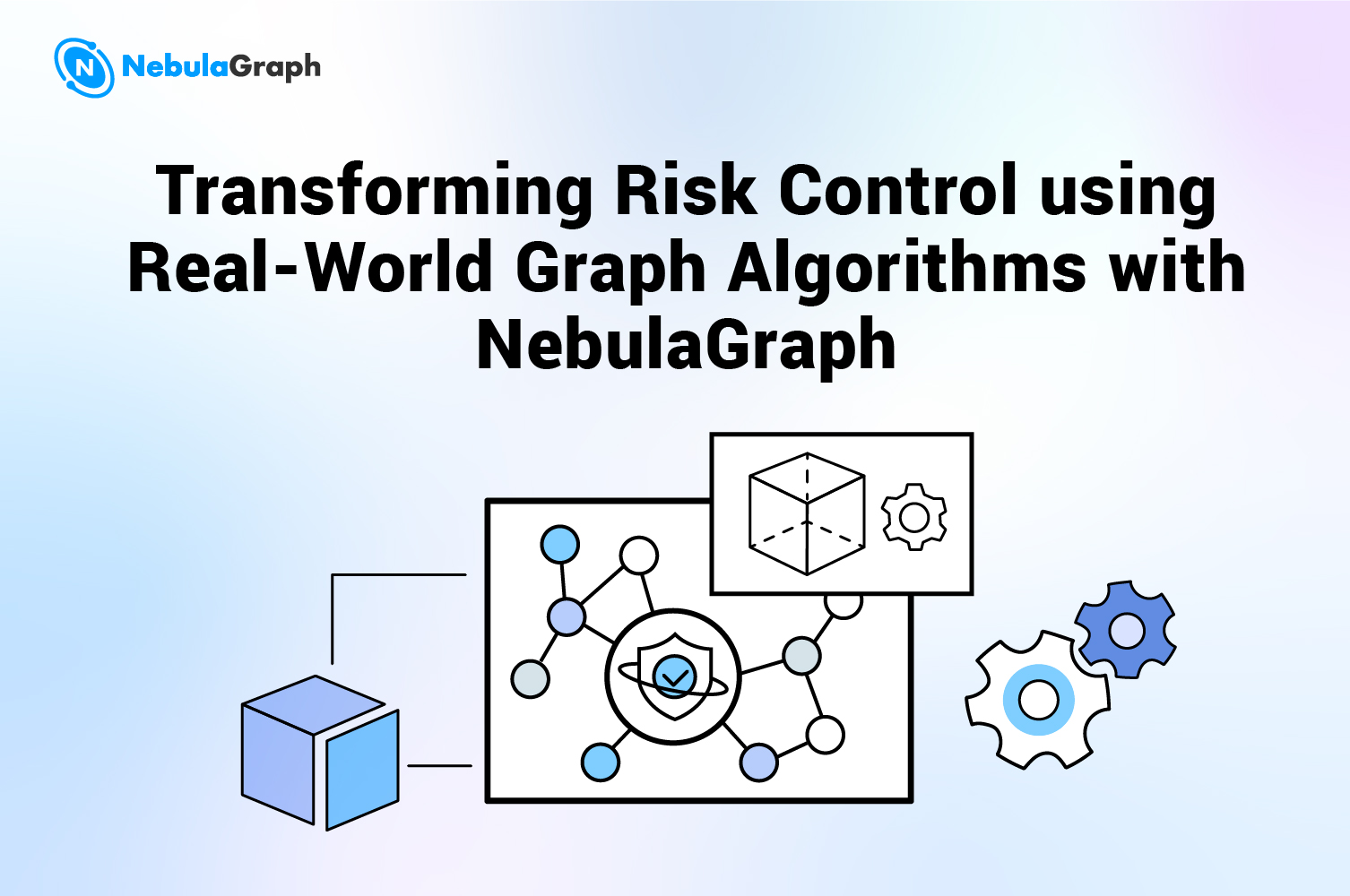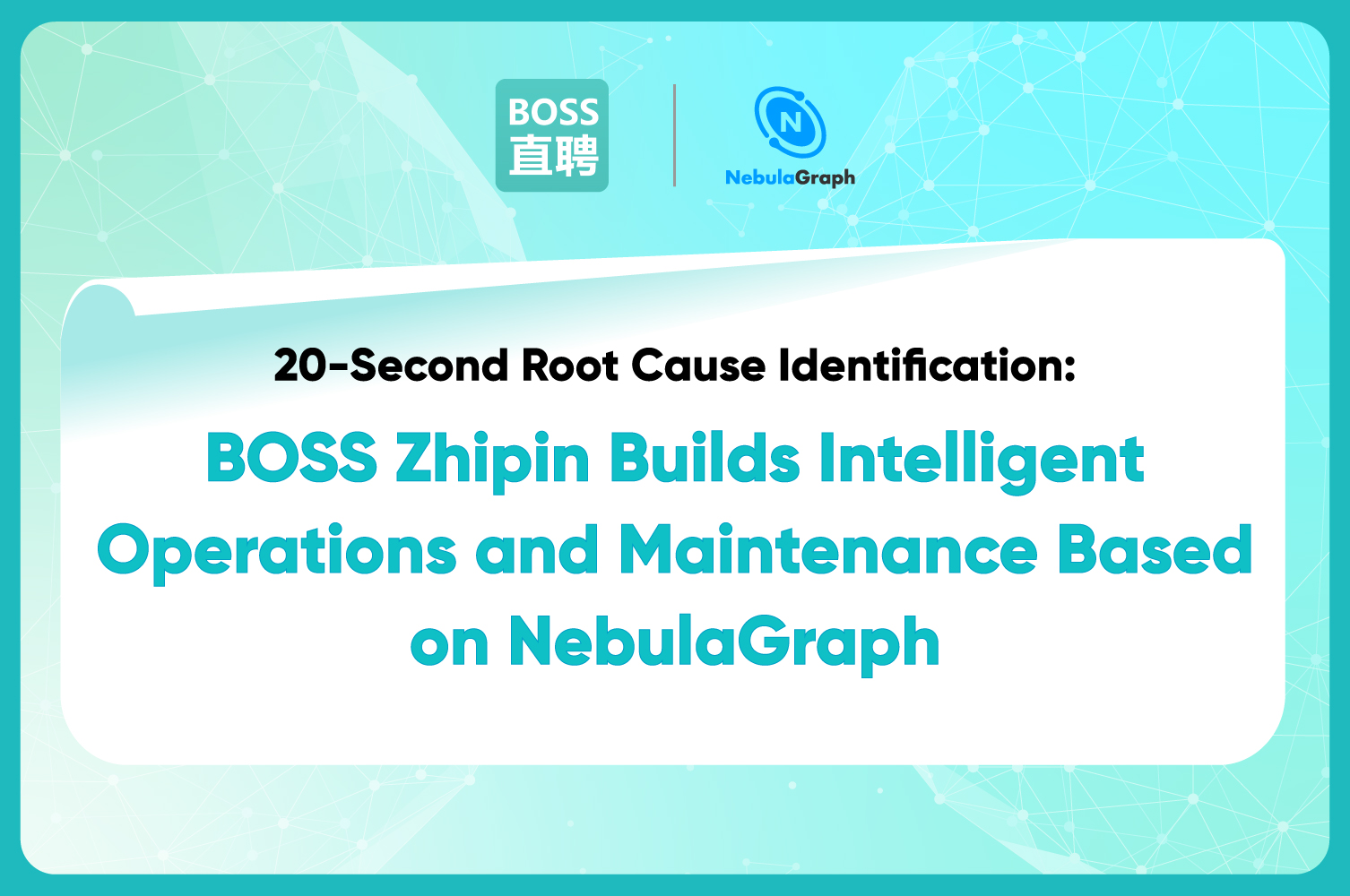Community
Pick of the Week at NebulaGraph - GO with int Type

Normally the weekly issue covers Feature Explanation and Community Q&As. If something major happens, it will also be covered in the additional Events of the Week section.
Feature Explanation
Now you can use the GO syntax in NebulaGraph to retrieve data by passing a value of the int type. This update empowers you to traverse a graph in more scenarios and improves query performance by simplifying the query operation.
Applicable Scenario
Vertex A has a property of the timestamp type for one TAG; and Vertex B uses Vertex A's timestamp property value as its VID for another TAG. With the new feature of the GO syntax, you can use the FETCH or the LOOKUP syntax to filter vertices and then pass the timestamp property values as the input of the GO statement to query the records at the specified time point.
Example
Now let's use an example to show the benefits of the new feature.
We will create an example graph and explore it in Nebula Studio. The figure below shows how the exploration result looks like.

Follow these steps to create the example graph and to perform the query:
- Create a tag, t4, representing a user type. Its action_time property indicates the specified time point when a user performs an action.
CREATE TAG t4(user_name string, action_time timestamp);
- Create a tag, t5, representing an action type that users perform.
CREATE TAG t5(user_action string);
- Create an edge representing the relationship between a user and an action and the relationship is play_games.
CREATE EDGE play_games();

- Insert a vertex to represent a user. Its
VIDis set to730.
INSERT VERTEX t4(user_name, action_time) VALUES 730:("xiaowang", 1596103557);
- Insert a vertex to represent an action,
play smart phone games, and itsVIDis set to theaction_timevalue of Vertex 730, representing that the user was playing smart phone games at the specified time point.
INSERT VERTEX t5(user_action) VALUES 1596103557:("play smart phone games");
- Insert an edge to represent the relationship of play_games between the user and the action.
INSERT EDGE play_games() VALUES 730->1596103557:();

With this new feature, only one statement as follows is needed for query. This statement will do these tasks:
- querying all properties of Vertex 730 for all TAGs
- renaming the
t4.action_timeproperty as a variable, namedtimeid - passing the
timeidvariable to theGOstatement to do the reversal query on theplay-gamesedge - showing the
t5.user_actionproperty of the edge's source vertex with a new name,player_action
FETCH PROP ON * 730 YIELD t4.action_time AS timeid | GO FROM $-.timeid OVER play_games REVERSELY YIELD $^.t5.user_action AS players_action;

Community Q&A
Q: Is VID unique to one graph space or to one TAG? For example, if I have an edge from VID1 to VID2, does it mean that all the TAGs for VID1 has this edge to all the TAGs for VID2?
A: In NebulaGraph, VID represents the ID of a vertex. It is the unique identifier of a vertex. A TAG represents a type of a vertex. It is used to group vertices and has all the properties that the vertices should have. An edge represents the relationship between two vertices and it can have all the properties to describe the relationship.
For example, if a vertex represents a person, its VID is the person's unique identifier. The person may be both a follower of someone on a social media and a student, so two tags can be assigned to the vertex: student and follower. And then, we need properties to define or describe the tags. For example:
- TAG student(department, class, society): As a student , a person may be in a department, class, and society.
- TAG follower(followee, follow_start_date, media): As a follower of someone, a person may start to follow someone on a social media at a date.
From the information above, we know that multiple TAGs can be assigned to a vertex (VID). For example,
- Tom(Vid1)_student(TagId1): ComputerScience_Class1_Basketball
- Tom(Vid1)_follower(TagId2): TomHanks_01-2020_Twitter
Now, about the relationship or edge between two vertices. For example, we have two vertices:
- Tom(Vid1)_student(TagId1): ComputerScience_Class1_Basketball
- Jack(Vid2)_student(TagId1): Finance_Class2_Judo
- Tom(Vid1)_follower(TagId2): TomHanks_01-2020_Twitter
- Jack(Vid2)_follower(TagId2): TomHanks_01-2021_Twitter
Both persons may come from the same city or follow the same person, so they may have these relationships (or edges):
- EDGE comeFrom (hometown): Persons come from the same city.
- EDGE recommend (followee): One person recommend a star (followee) to another person to follow.
And these persons have such relationships:
- Tom(Vid1) -> hometown (EDGE comeFrom) -> Jack(Vid2)
- Jack(Vid2) -> TomHanks (EDGE recommend) -> Tom(Vid1)
From the example above, we can see that direction from Vid1 to Vid2 is determined by the edge, not the tags. So, about your second question: When a source vertex is specified, its linking destination vertex is queried on the edge, and after the destination vertex is found, all its related tags are queried by its VID.


